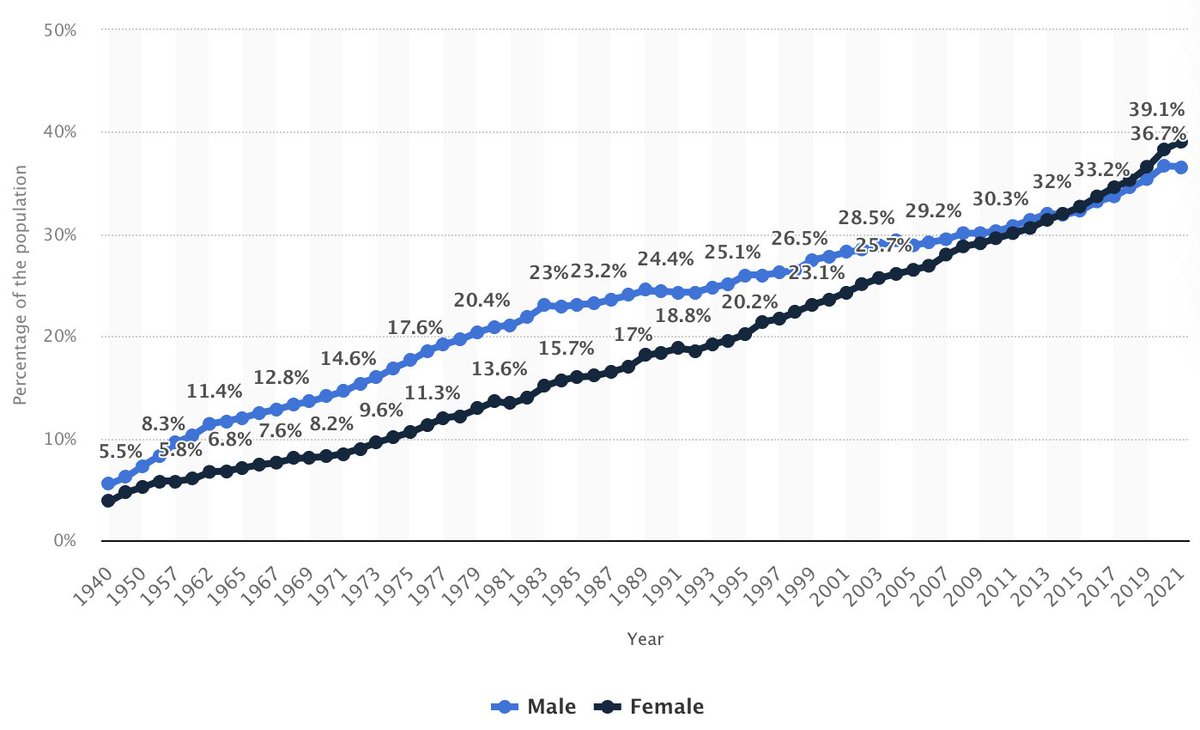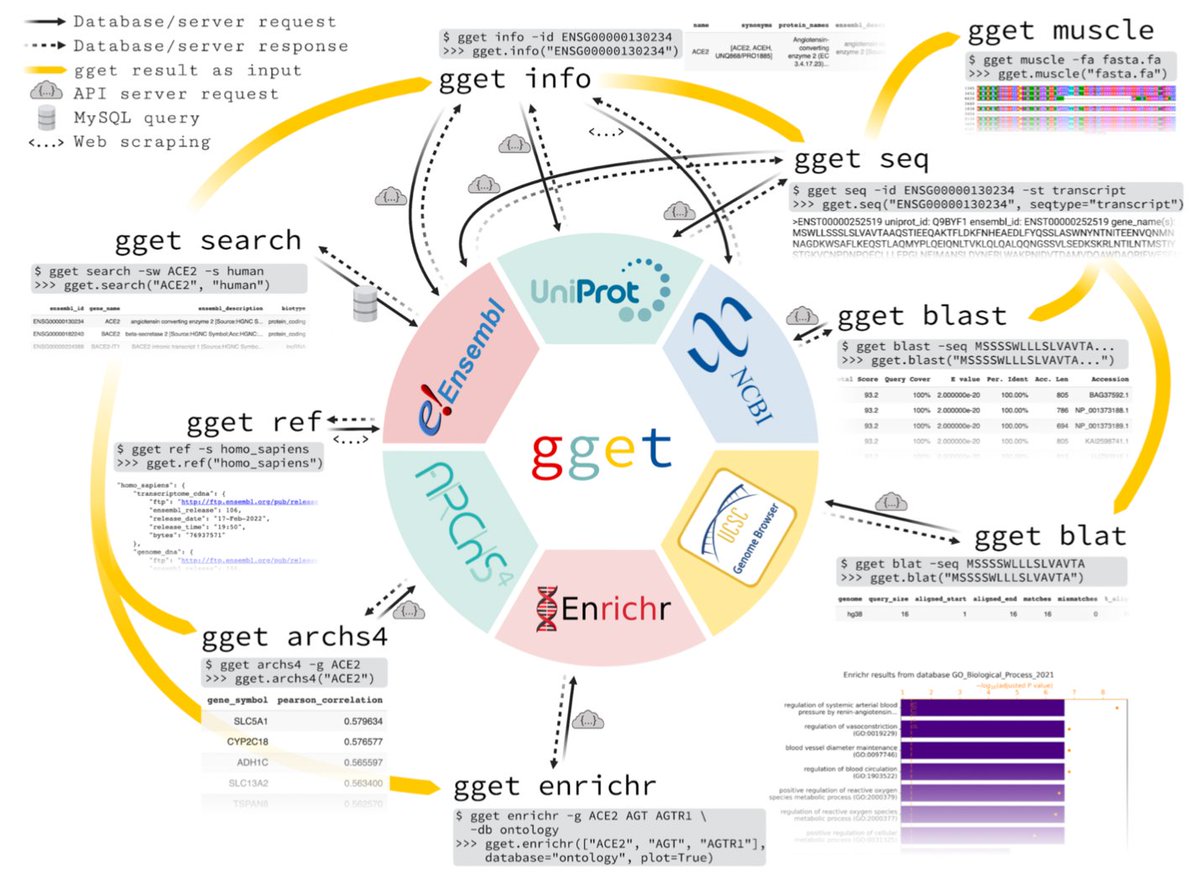
In a new preprint w/@kreldjarn, @DelaneyKSull, @GuillaumOleSan & @pmelsted we address a shortcoming in current approaches to quantifying single-nucleus RNA-seq: biorxiv.org/content/10.110…
tl;dr care has to be taken in quantifying nascent vs. mature transcripts. #snRNAseq #scRNAseq🧵
tl;dr care has to be taken in quantifying nascent vs. mature transcripts. #snRNAseq #scRNAseq🧵
First, note that single-cell RNA-seq data provides some quantification not only of processed (mature) messenger RNAs, but also of nascent molecules. That observation by @GioeleLaManno, @slinnarsson and colleagues underlies RNA velocity. But what about single-nucleus RNA-seq? 2/
Similarly to #scRNAseq, #snRNAseq data has reads derived from both nascent and mature transcripts. However, perhaps due to intuition that #snRNAseq is all nascent, current approach to quantification yield a single count matrix based on all reads mapping to every gene locus. 3/
Instead of directly quantifying nascent molecules, this approach provides a quantification that mixes both nascent and mature molecules, and in doing so is conceptually inconsistent with current approaches to quantifying #scRNAseq 4/
To put quantification of both #scRNAseq and #snRNAseq on a level playing field, we first developed an approach to quantifying both nascent and mature molecules using what we call a D-list. 5/ 

The D-list consists of k-mers that are "distinguishing flanking k-mers" (DFKs), that prevent nascent molecules to be confused for mature, and vice versa. The D-list is provides the needed link between ambiguity in k-mers and ambiugity in reads for pseudoalignment purposes. 6/
The D-list can provably exclude (under a mild assumption) nascent/mature ambiguous reads from being erroneously mapped by making use of DFK. We validated this claim by checking the mapping of reads without errors. 7/ 

Of course sequenced reads contain errors, so to get a better handle on performance in realistic scenarios we examined a simulation. The simulation framework was identical to that of STARsolo from the preprint for that method, down to the evaluation criteria. 8/
kallisto bustools performed very well. The plots below are results from two simulations (with [right] and without [left] multi-mapping reads). 9/ 

The evaluation itself is flawed; we stuck with the STARsolo method so that there would be no questions about us prettying up our own results. However the assessment precludes true negatives. If we add those in our performance is even better. 10/ 

Validation and simulation are one thing, but what does all of this translate to on analysis of biological data?
1. Including the D-list to eliminate false positive mappings doesn't change results much (as discussed previously w/ @sinabooeshaghi here: biorxiv.org/content/10.110…) 11/
1. Including the D-list to eliminate false positive mappings doesn't change results much (as discussed previously w/ @sinabooeshaghi here: biorxiv.org/content/10.110…) 11/

2. The current practice of agglomerating all reads (nascent and mature) into one count matrix doesn't make much sense. The counts are quite different than if one restricts, for instance, to nascent transcripts (as done by kallisto in the analysis below). 12/ 

By the way, quantifying single-nucleus RNA-seq only with respect to mature transcripts is also problematic as shown here: biorxiv.org/content/10.110… 13/
Thanks to numerous memory efficiencies implemented in kallisto by @kreldjarn and @DelaneyKSull using the Bifrost index genomebiology.biomedcentral.com/articles/10.11… (with help from @GuillaumOleSan), kallisto's speed is amazing and memory needs extra lean making possible working on @GoogleColab. 14/ 

An update to the preprint will be posted shortly with some further analyses, and several other new applications of kallisto bustools are forthcoming, including to other assays building off of
https://twitter.com/sinabooeshaghi/status/1579861159431184384?s=20&t=eh1vdGws-VaGj9erkysEwQ. 15/
Finally, a question I'm asked a lot is which of the (nascent or mature) #scRNAseq/#snRNAseq matrices should be used for analysis. This short answer is they should be used together for fitting models as in
https://twitter.com/lpachter/status/1536382682577240065?s=20&t=-JHVT7QvU3-ZWuvme46i2Q. More on this w/ @GorinGennady soon. 16/16
• • •
Missing some Tweet in this thread? You can try to
force a refresh












